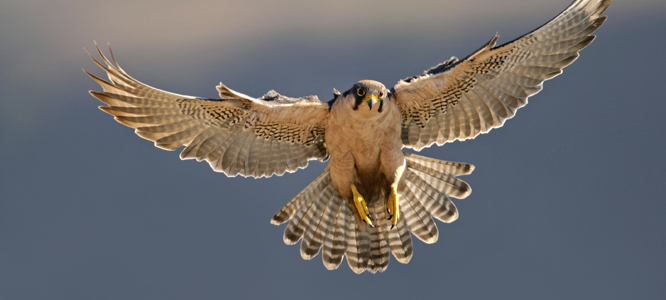Select a Study Module :
Animals are all around us. As we walk through our neighborhood, we likely see animals being kept as pets, insects crawling on the ground, and birds flying through the trees. Depending on where you live, you may also see animals living in rivers, lakes, and swamps. How are these animals similar? How are they different? Why do they behave in the ways they do? How do their actions affect the environment in which they live? These are big questions that we'll be answering in the next three sections. We'll start off with a study of invertebrates - animals with no backbone. From there, we'll move to the major groups of animals with backbones - fish, amphibians, reptiles, birds, and mammals. Along the way, we'll look at how animals in each of these groups survive, interact, and impact the world.
This is important because we share the world with some amazing creatures. Although there's nothing wrong with simply sitting back and admiring animals, it's even more satisfying to observe animals when you know something about them and where they fit into the world around us. Seeing how all these animals coexist is part of what makes our world such a fascinating place in which to live.
This is important because we share the world with some amazing creatures. Although there's nothing wrong with simply sitting back and admiring animals, it's even more satisfying to observe animals when you know something about them and where they fit into the world around us. Seeing how all these animals coexist is part of what makes our world such a fascinating place in which to live.
<
One of the best things you can do with this unit is to take notes in a journal as you go.
Snap photos of yourself doing the actual experiment and paste them in alongside your drawing of your experimental setup. This is the same way scientists document their own findings, and it's a lot of fun to look back at the splattered pages later on and see how far you've come. I always jot down my questions that didn't get answered with the experiment across the top of the page so I can research it more later. Are you ready to get started?




